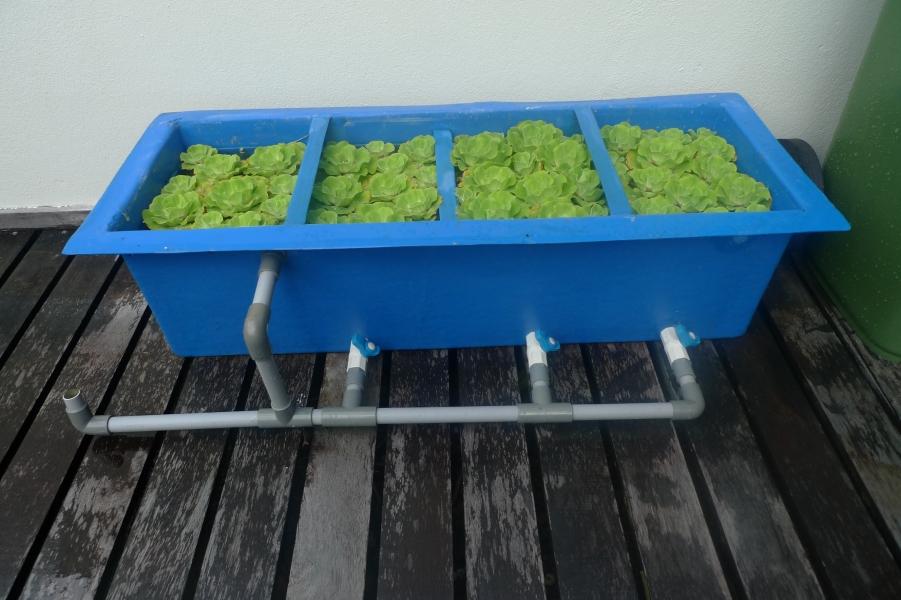
Too Much Chlorine in Koi Pond: Causes, Effects, and Solutions
Introduction
A koi pond is a beautiful addition to any backyard, providing a serene and relaxing space for homeowners to enjoy. However, maintaining the health and safety of the fish in the pond requires careful attention to water quality. One of the most common problems that koi pond owners face is too much chlorine in the water. In this article, we will discuss the causes, effects, and solutions to this issue.
Causes of High Chlorine Levels in Koi Ponds
The primary source of chlorine in a koi pond comes from tap water. Most municipal water supplies use chlorine to disinfect the water and make it safe for consumption. When filling a koi pond with tap water, the chlorine levels can be quite high, which can be harmful to the fish in the pond. In addition to tap water, other sources of chlorine in a koi pond can include:
- Chemical treatments for algae or other pond issues
- Decaying organic matter in the pond, such as fallen leaves or dead fish
- Fertilizers or pesticides used near the pond
Effects of High Chlorine Levels on Koi
High levels of chlorine can have serious negative effects on the health of koi fish. Chlorine is toxic to fish, and prolonged exposure can cause severe damage to their gills, nervous system, and other internal organs. Some signs that your koi may be experiencing chlorine poisoning include:
- Lethargic behavior
- Erratic swimming patterns
- Loss of appetite
- Rapid gill movement
- Discolored skin or fins
- Abnormal bloating
Solutions to High Chlorine Levels in Koi Ponds
1. Use Dechlorinators
One of the most straightforward solutions to high chlorine levels in a koi pond is to use a dechlorinator. These products are specifically designed to neutralize chlorine and other harmful chemicals in the water, making it safe for fish and other aquatic life. Dechlorinators can be added directly to the pond, or to the water before it is added to the pond.
2. Allow Chlorine to Evaporate Naturally
Another option for reducing the level of chlorine in a koi pond is to allow it to evaporate naturally. This method is best used for smaller amounts of chlorine, such as that found in tap water. To allow chlorine to evaporate naturally, simply fill a container with tap water and let it sit for 24-48 hours before adding it to the pond.
3. Install a Chlorine Filter
Installing a chlorine filter can be an effective long-term solution for reducing chlorine levels in a koi pond. These filters work by removing chlorine, other chemicals, and impurities from the water before it enters the pond. There are many different types of chlorine filters available, ranging from simple charcoal filters to more advanced systems that use UV light or reverse osmosis.
4. Monitor Water Quality
Regularly monitoring the water quality in a koi pond is essential to maintaining the health and safety of the fish. Testing the water for pH, chlorine levels, and other parameters can help identify potential issues before they become serious problems. There are many different water testing kits available, ranging from simple test strips to more advanced electronic testing systems.
Conclusion
Too much chlorine in a koi pond can have serious negative effects on the health and wellbeing of the fish. Thankfully, there are many effective solutions for reducing chlorine levels in a koi pond, including using dechlorinators, allowing chlorine to evaporate naturally, installing a filter, and monitoring water quality. By taking these steps, koi pond owners can ensure their fish are healthy and happy for years to come.



